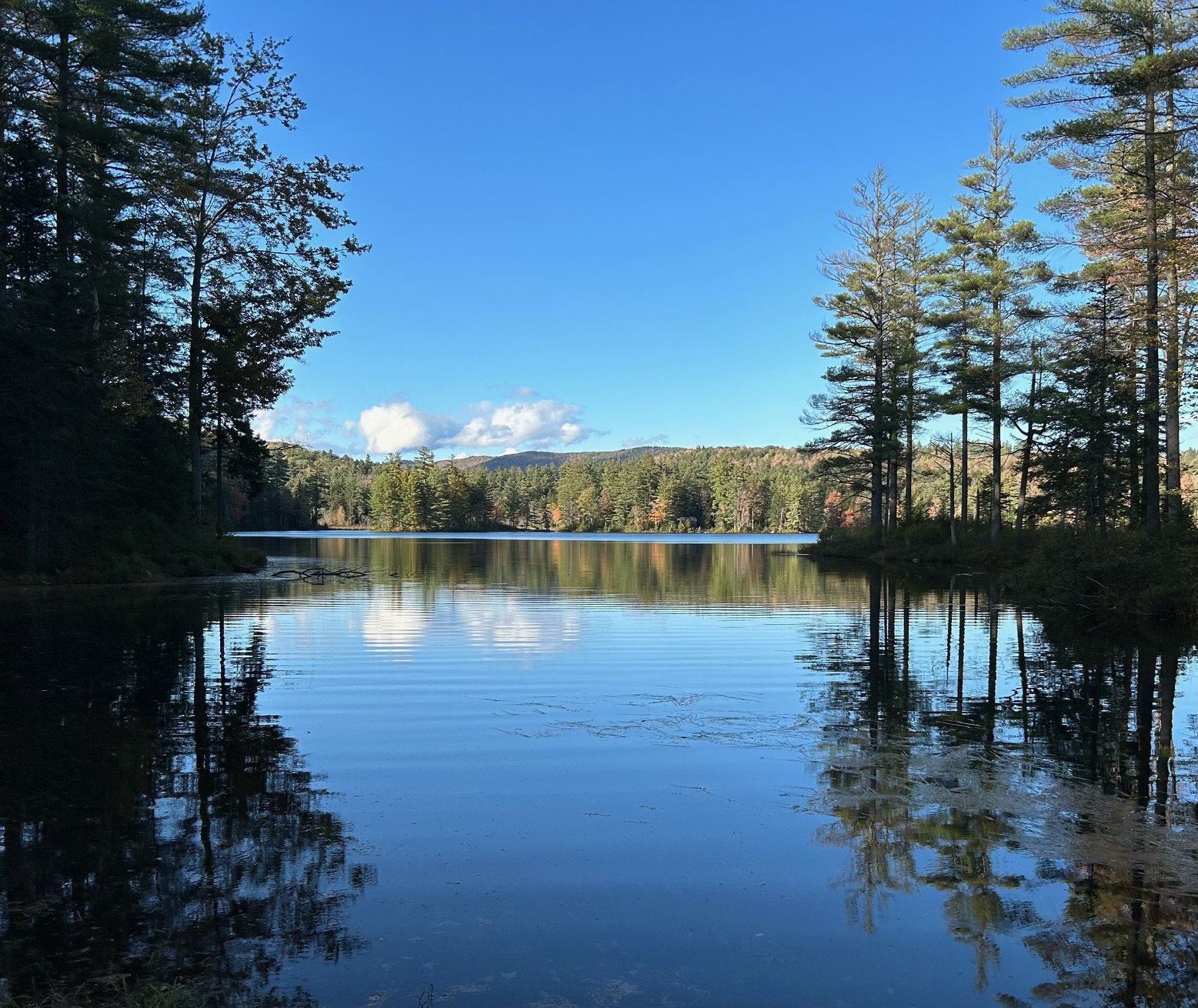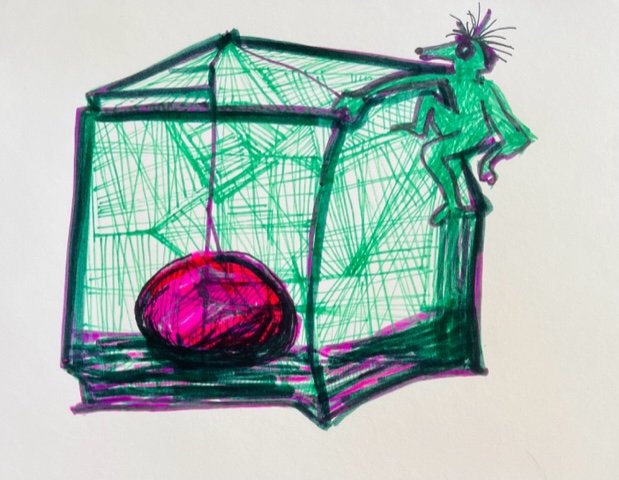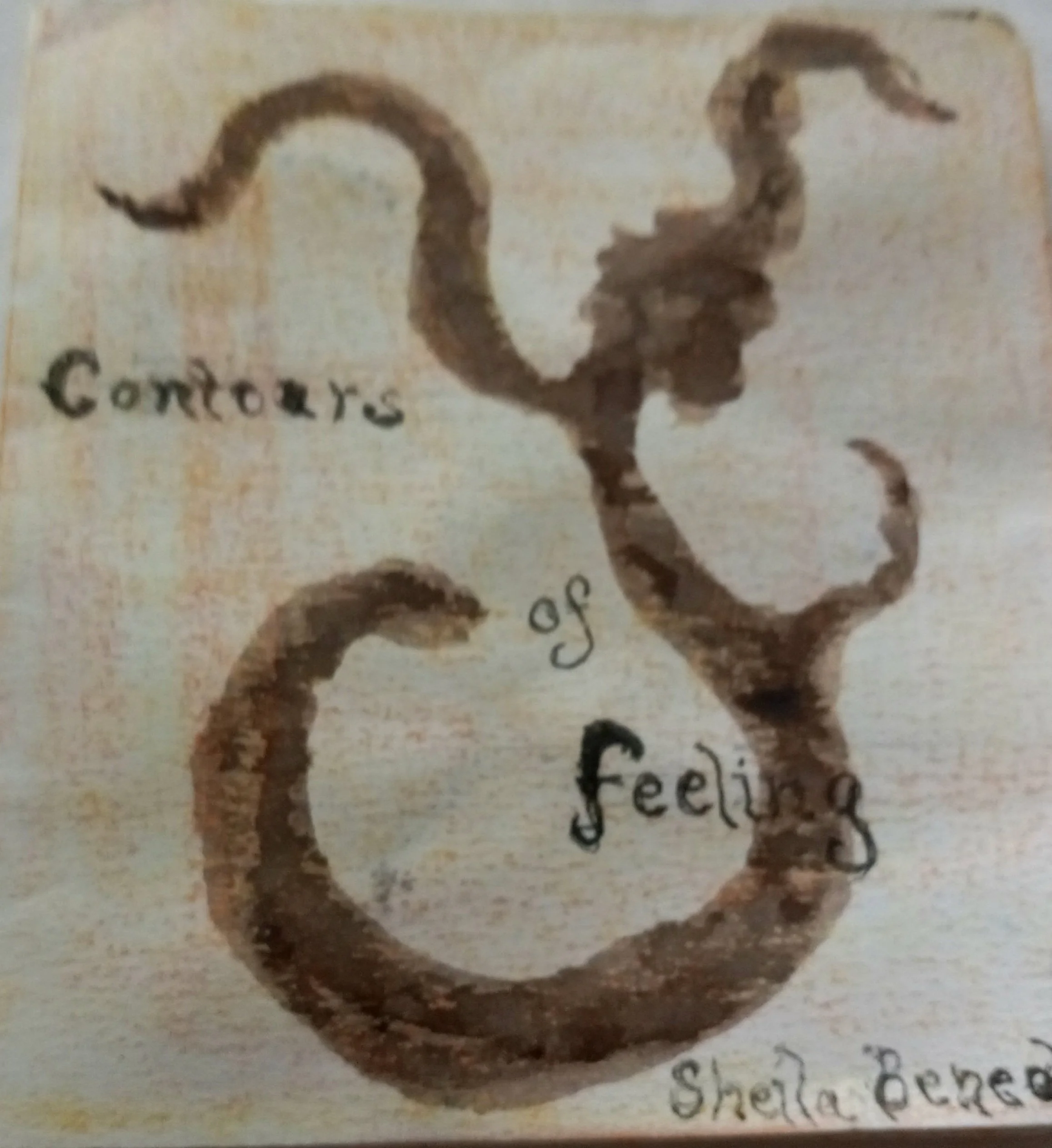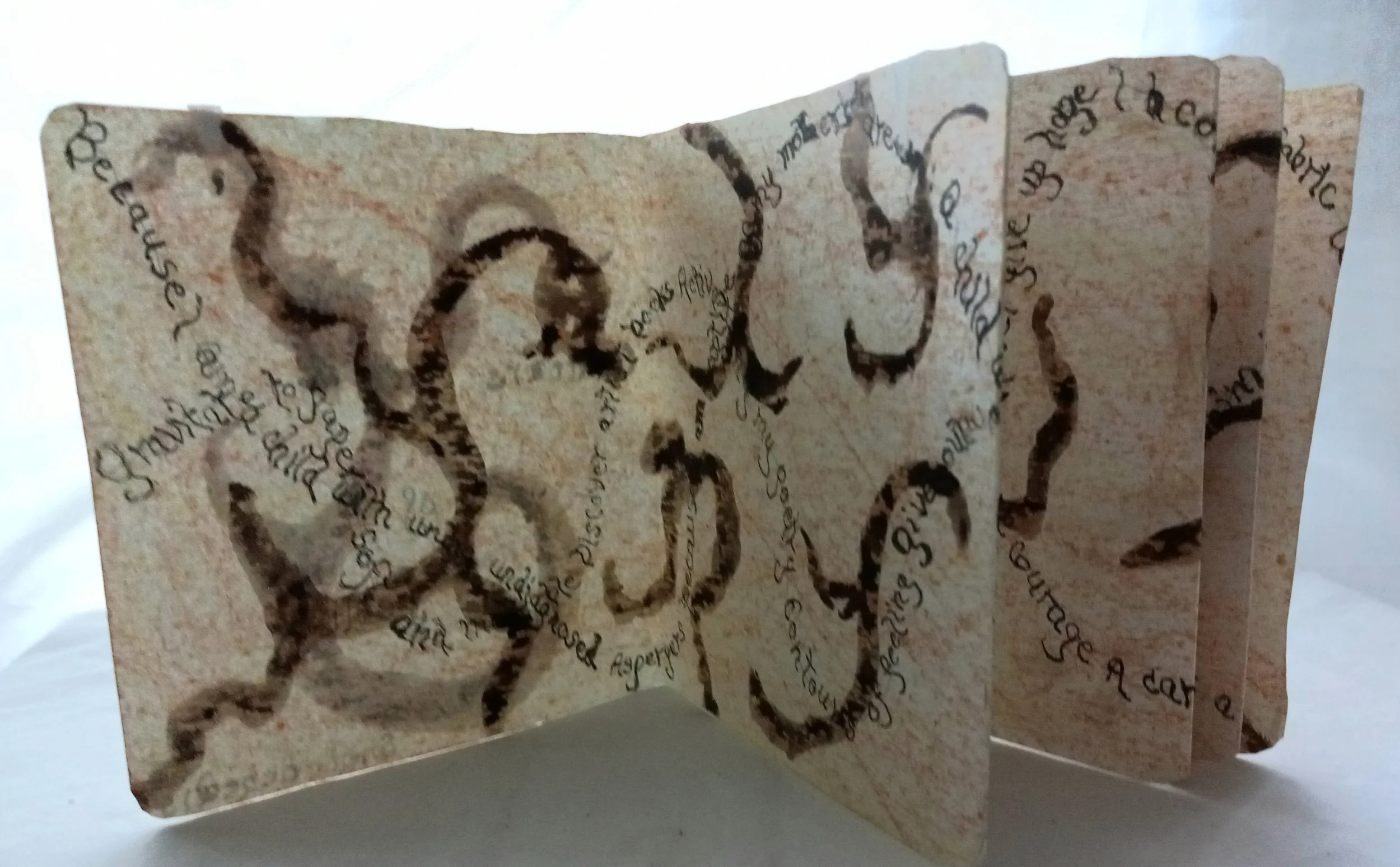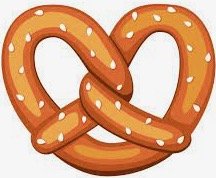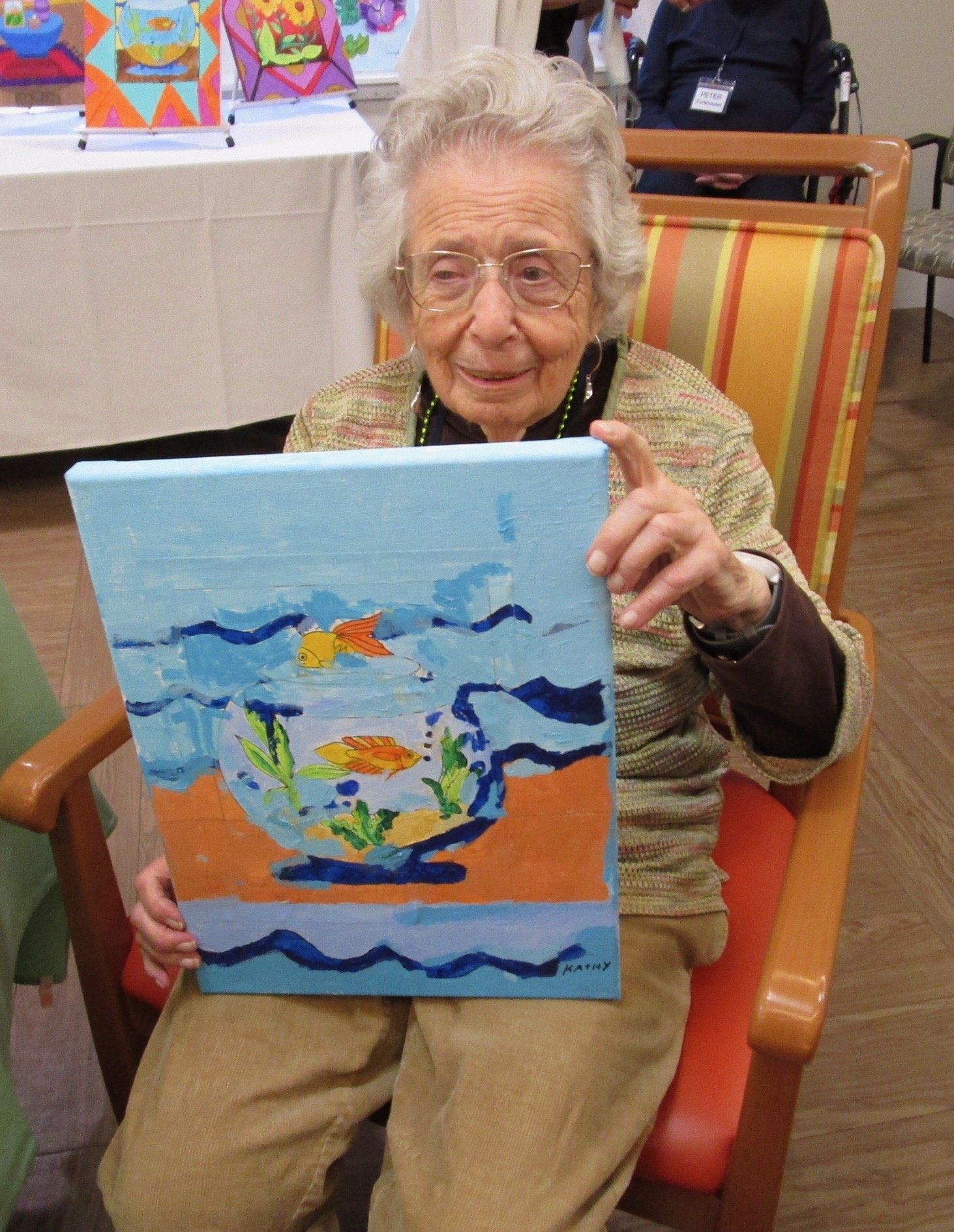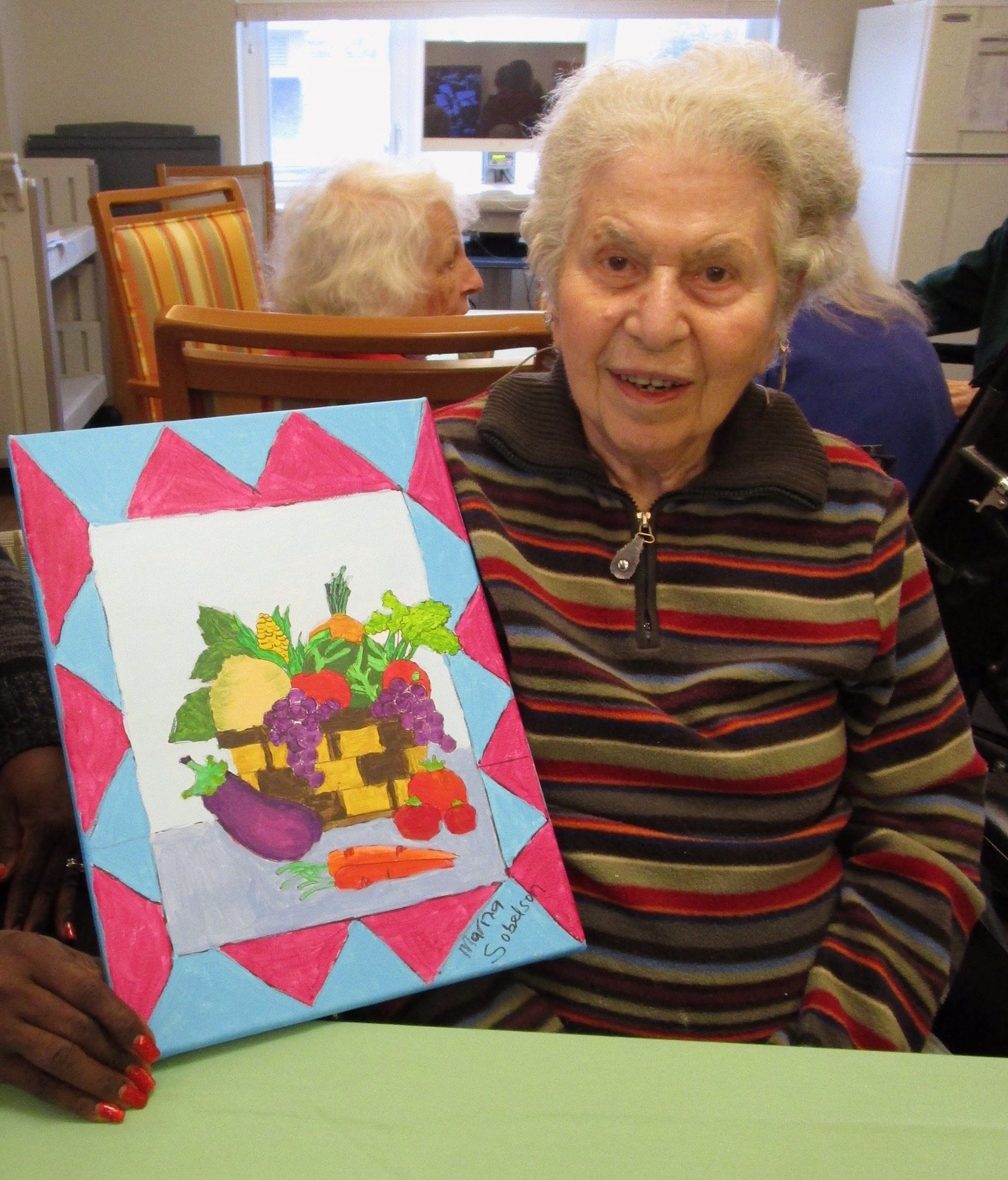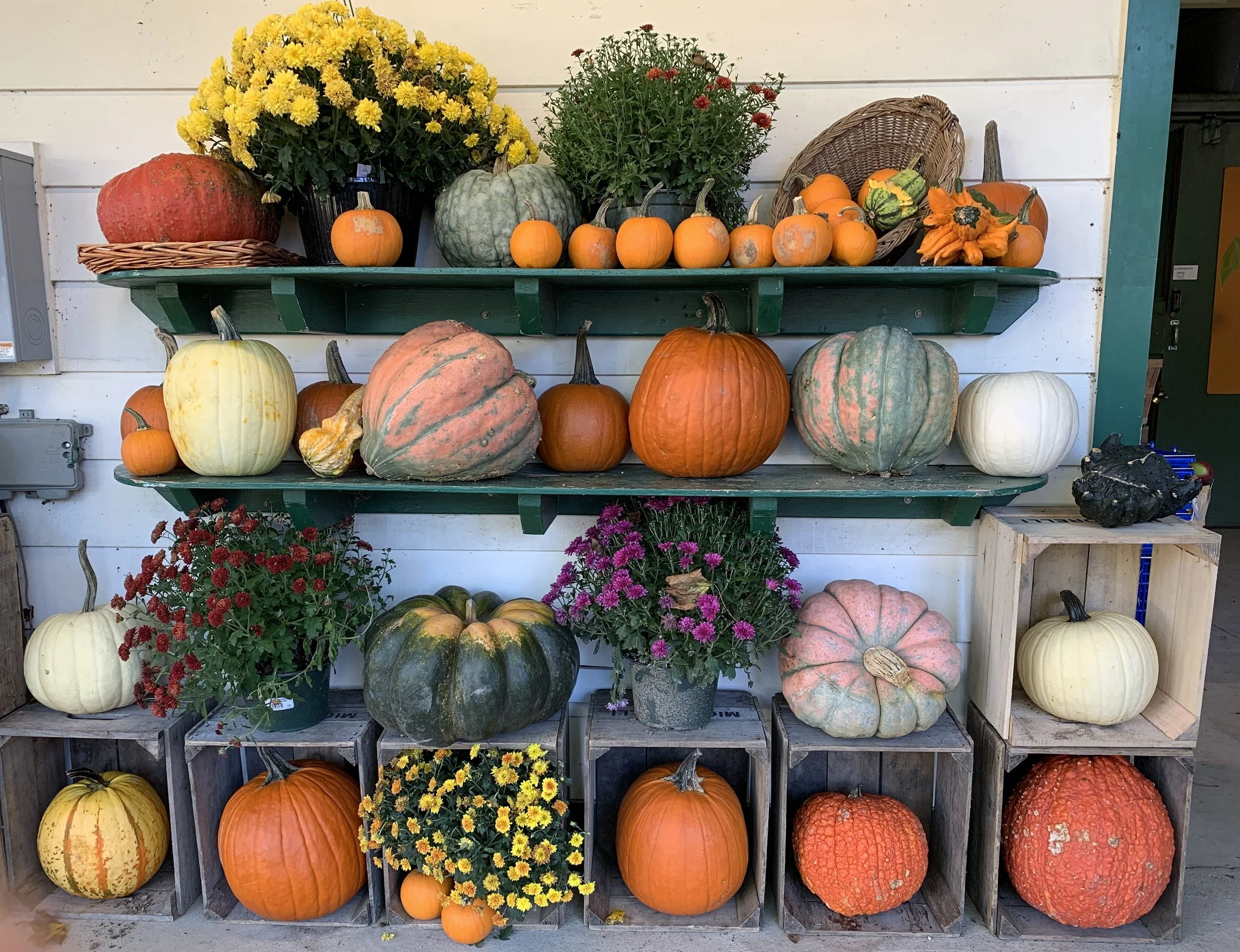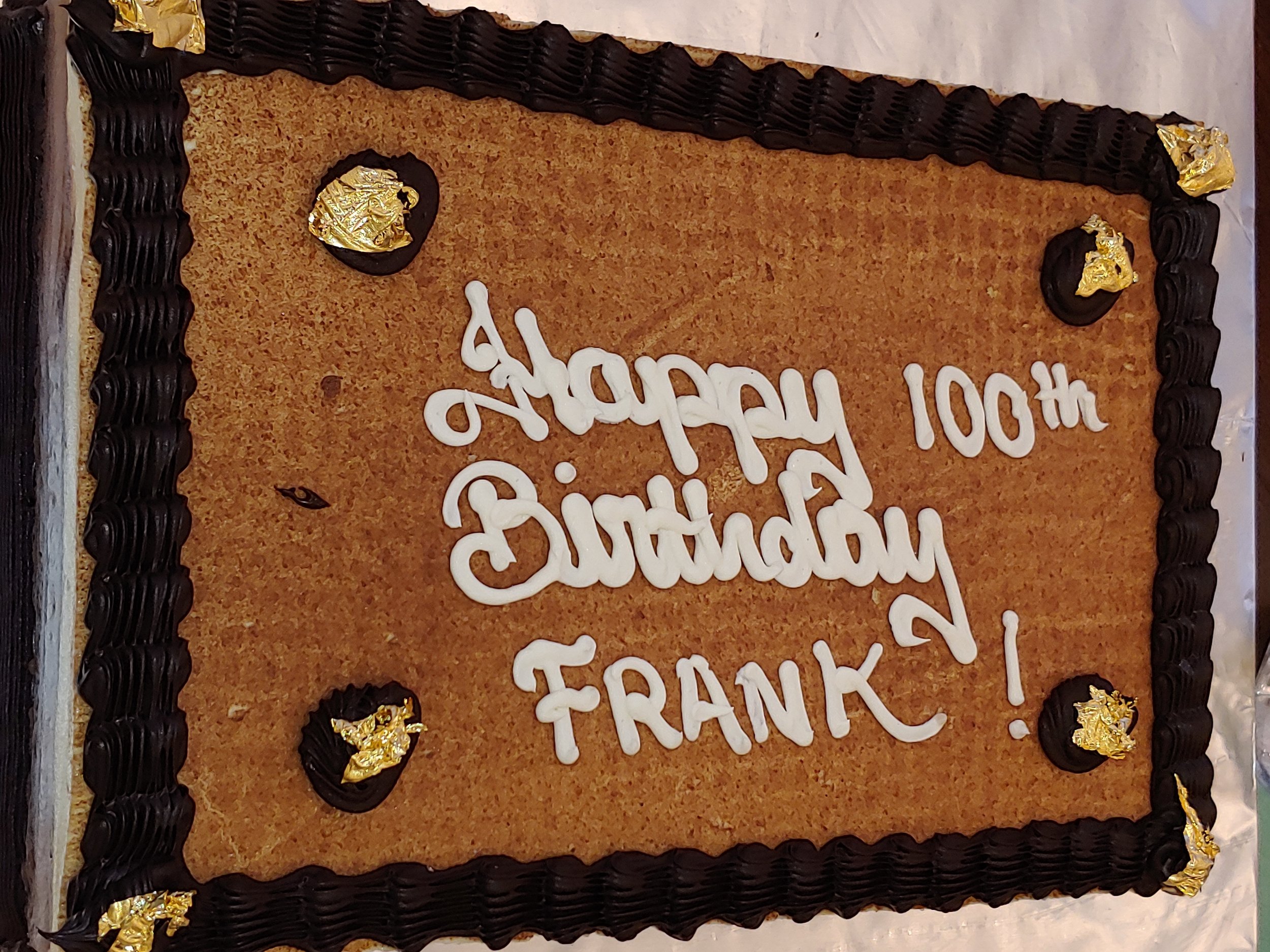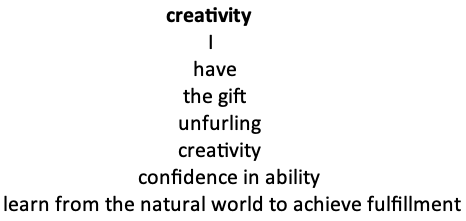OCTOBER 23: NATIONAL BOSTON CREAM PIE DAY
Pie lovers, move along. Cake lovers, just sit down. Time to celebrate the cake with an identity crisis: Boston Cream Pie, a chocolate frosted, custard-filled cake that is loved by millions—and, since 1996, Massachusett’s official dessert.
In 1856, at Boston’s Parker House Hotel, French chef Monsieur Augustine Francois Anezin created this pudding and cake combination. At that time, Boston Cream Pie consisted of French butter sponge cake filled with thick custard and brushed with a rum syrup. The same custard was then coated the sides, with toasted sliced almonds on top of the custard. A chocolate fondant topped it all off. While other custard cakes may have existed at that time, baking chocolate as a coating was a new process, making it unique. And it took the world by storm.
So why the confusion: Pie or Cake? In the mid-19th-century, cakes and pies were baked with the same kinds of pan. And even the words were used interchangeably. As a result, the Boston cream pie kept its old-fashioned name.
In 2010, students at Hampshire University broke the world record for the world’s largest Boston Cream Pie. It measured 1.5 feet tall and 10 feet wide!
OCTOBER 24: WORLD KANGAROO DAY
They hop, kick, and rear their offspring in small pouches. They amaze us, amuse us, and make us say “awww.” They are kangaroos.
Around 30 million years ago, the kangaroo’s ancestors arrived in the Australian rainforests. They may have developed from possum-like animals that solely lived in trees, then made their way to the ground and eventually became the first kangaroos. As the grasslands grew more prominent, so did the kangaroo species. These kangaroos evolved more and diversified more over time, finally developing into the red kangaroos we see today, 3 million years later.
Kangaroos are part of a group of marsupials known as the “macropods” which means “big foot,” a reference to their large back foot which helps them move at high speeds — up to 35 miles an hour — by hopping. A single hop can carry a kangaroo 19 feet. The faster they hop, the fewer calories they use — a highly efficient means of travel. There are species of kangaroo: red kangaroo, western grey kangaroo, eastern grey kangaroo, and the antilopine wallaroo. They are closely related to wallabies, potoroos, and bettongs, which can also be found in Australia. Kangaroo is an Aboriginal word and is often used to refer to various animals of this family, not just ones we’re familiar with. A male kangaroo is called a buck, jack, or boomer. The female is known as a doe, flyer, or jill. Probably the best-known name in kangaroo-dom is the one for the young kangaroo: a joey.
Being a marsupial means the female has a pouch where a young kangaroo starts life the size of a jellybean. In the pouch, the joey feeds on milk and, over several months, grows into an adult. Before leaving the pouch for the first time they will gradually poke their head out and look around. While raising one joey in the pouch the female has another embryo waiting ready to be born once the current one has left the pouch. The mother may also still be caring for the previous joey which has left the pouch but not yet gone out on its own.
As herbivores, most species feed on a range of grasses, regurgitating their food and chewing it again to extract the most nutrition possible. They live in groups known as mobs, troops or herds. These include a number of adult females and their young. A single dominant male will be the only individual allowed to breed with any of the females.
Kangaroos don't have many enemies, but are preyed upon by dingoes and wedge-tailed eagles. Along Australia’s east coast dingo fences — built to protect sheep farms — protect them against dingos. But man is also a threat to kangaroos, which are hunted commercially. Kangaroo meat is used for both human and animal consumption.
World Kangaroo Day is celebrated each year to bring awareness of this wonderful animal, the world's largest species of marsupial. People are encouraged to honor this beautiful creature by protecting and saving as many kangaroos as possible.
OCTOBER 25: WORLD PASTA DAY
Carb lovers of the world, rejoice! It’s World Pasta Day! This celebration was established in 1995 when 40 pasta producers worldwide gathered to hold the globe’s first World Pasta Congress. Since then, the world has joined forces each October to pay tribute to one of the most delicious and versatile foods.
There are over 350 kinds of pasta. Some of the most well-known types are: spaghetti, penne, rigatoni, fettucine, linguine, orzo, ravioli, ziti, tortellini, lasagna, and macaroni. One of the great things about pasta is its versatility. There are oodles of pasta recipes from soups to salads to casseroles. It’s also great as a meal in and of itself, usually topped cheeses and sauces of all different kinds.
The word “pasta” in Italian is “paste.” Despite this fact, pasta may actually have its roots in China rather than Italy. Food historians believe modern-day pasta came from ancient Asian noodles. Some believe that Marco Polo brought pasta to Italy from China in the 13th century. That, more than likely, isn’t true. It’s unclear how pasta actually reached Europe from Asia. When the early form of pasta reached the Mediterranean way back when, durum flour became the wheat of choice. Dried pasta surged in popularity during the 14th and 15th centuries mainly because of its easy storage. This allowed explorers to bring pasta along on ships when sailing to the New World. During a stay in Paris in the 18th century as US Ambassador, President Jefferson ate what he called “macaroni,” but it could have been any type of pasta. Whatever it was, he eventually returned to America with two cases of it. The man clearly liked his pasta. Commercially, Hungary boasted a pasta factory in 1859, while central Italy’s Buitoni Company began churning out pasta 8 years later. The trend moved into the present-day Czech Republic by 1884. Jefferson may have planted the seed, but during the late 19th century, when Italian immigrants reached American shores, that’s when pasta’s popularity really took off.
But what’s the difference between noodles and pasta? The National Pasta Association defines pasta as being a dough made from durum wheat and water and stamped into different shapes. Noodles on the other hand aren’t linked to one singular grain. From buckwheat noodles to rice noodles, yam noodles, and wheat flour noodles, there’s no shortage of choice. Noodles can be crafted from everything from root vegetables to tapioca flour, mung bean starch, seaweed, and rice flour. They can be stretched, pulled, rolled, cut, and twisted. They can be silky soft, thick, and chewy, and fresh or dried. Neither pasta nor noodles is better than the other — just different.
OCTOBER 26: NATIONAL MULE DAY
National Mule Day celebrates the mighty mule. October 26, 1785, was the day the first 2 Spanish donkeys landed in the US, sent as a gift from Spain’s King Charles III. They arrived in Boston harbor. From the duo, the first American mules were bred, and by none other than George Washington.
A mule is a hybrid, the offspring of a male donkey (jack) and a female horse (mare). A similar animal is a hinny, which is the offspring of a female donkey and a male horse. Because a donkey and a horse are two different species, they have a different number of chromosome — 62 for a donkey, 64 for a horse. This means that most mules have an odd number of chromosomes (63), which, sadly, means mules are almost always sterile. From a mom mule and a dad mule, you can’t count on a baby mule.
Mules usually weigh between 820 and 1,000 pounds. Their size is usually dependent on the size of their mother (a horse). All kinds of horses are used to breed mules. The height, neck length, tail appearance, coloration, and hindquarters of a mule are characteristic of those of a horse, while their limbs, hooves, and manes are characteristic of donkeys. Mules bring together the best characteristics of both their parents. Stronger than donkeys, they are smarter and more patient than both donkeys and horses. And they can survive on less nutritious food, have more endurance, are more adaptable to extreme climates, are less prone to disease, and ultimately, have longer lifespans than either mom and dad.
Mules have been celebrated for quite a while. Mule Day originated in 1840 in Columbia, Tennessee, the self-proclaimed “Mule Capital of the World.” Since then, celebrations have spread from Columbia Tennessee to global locations. The path towards the modern National Mule Day began back in the 1930s. Then, in 1985, the US House of Representatives adopted a resolution put forth by Representative Jim Cooper of Tennessee, designating October 26 as National Mule Appreciation Day, a day that had been spearheaded by the Lynchburg Mule Traders Association of Lynchburg, TN, and their president, Roger Brashears. Debated by the Senate Judiciary Committee, sadly it did not make it to the Senate floor.
Despite its failure to achieve formal US government endorsement, citizens began to mark the day anyway. Contests and ceremonies were held in Lynchburg, TN, the small mule-loving city that is also home to Jack Daniel's Distillery. The New York Times picked up the celebration as a news story, proclaiming that such a holiday did exist, which was called Mule Day USA, and that, even without the government's blessing, a holiday honoring mules and marking the anniversary of the arrival of the Spanish donkeys should be observed. Thanks to the power of the press, the holiday known as National Mule Day was born.
National Mule Day celebrations in Columbia, TN, have grown to include square dances, mule-driving contests, horse shows, crafts festivals, and flea markets. Other events include “working mule,” “best of breed,” lumberjack competitions, and the Liar's Contest, a rural-themed story-telling competition. A Grand Marshal is named each year for the parade, and floats compete, with ribbons or money for the winners in each judged category.
OCTOBER 27: FRANKENSTEIN FRIDAY
National Frankenstein Friday, on the last Friday in October, recognizes author Mary Shelley, the novel Frankenstein, as well as her characters, Dr. Frankenstein and the monster. Dating back to the 1800s, Frankenstein's monster is one of the best-known horror character of all time. Shelley’s creation spawned an entire genre, countless movie adaptations, and widespread recognition of her characters, if not her actual story. Frankenstein Friday aims to celebrate and honor Shelley’s book as the spooky season takes off.
Human history has always had monsters. All cultures provide myths, folktales, and epics featuring monsters. In 1816, Mary Wollstonecraft Shelley, 18-year-old wife of poet Percy Bysshe Shelley, traveled to Geneva, Switzerland, to visit their friend, poet Lord Byron. John Polidori, a doctor, also joined the party. While there, an Indonesian volcano erupted, causing torrents of rain and climate oddities. The group was stuck inside the house, passing the time reading ghost stories. In the mode of “Hey, kids, let’s put on a show,” Lord Byron suggested a contest to see who could write the best ghost story. Frankenstein won.
At first the book Frankenstein was published anonymously published in 1818. But in 1823, Mary Shelley republished it under her own name; in 1831, a third edition included a section on how the story came to be. The film world has created more than 60 movies or shorts on the Frankenstein theme. Edison Studios were the first, in 1910.
And it all came to a head in 1997 when Ryan MacCloskey of Westfield, NJ, founded Frankenstein Friday.
OCTOBER 28: INTERNATIONAL ANIMATION DAY
On October 28, International Animation Day is a day to celebrate everything about animation, including the artists, scientists, and technicians that develop, create, and employ it.
Animation — an art, cultural expression, and means of communication — is the manipulation of drawings to look as if they are moving. It’s been around for more than 100 years to create cartoons and other types of entertainment, and is found on television, commercial theater screens, and the Internet, but it also flourishes in feature films and shorts from independent filmmakers, authors, artists, students, and children.
International Animation Day was created in 2002 by the International Animated Film Association (ASIFA) to commemorate the day when animation was first shown to the public: October 28, 1892, at the Grévin Museum in Paris. On that day Charles-Émile Reynaud and his Théâtre Optique presented his first production, Pantomimes Lumineuses, a collection of 3 cartoons, Pauvre Pierrot, Un Bon Bock, and Le Clown Et Ses Chiens. Reynaud’s Théâtre Optique, a machine patented in 1888, produced images on a screen using 36 mirrors, two magic lanterns or supplementary lights that were the source of a stationary background, and a projector. The images were painted on a long band wound up on two spools that were rotated by hand. Working the spools demanded some skill, so it was usually Reynaud’s hand that did so. Each of the three animations consisted of 500 to 600 individually painted images and ran for about 15 minutes. Reynaud acted as the projectionist; a piano player accompanied him. Actors on the side provided the dialogue. The show ran until 1900 and was seen by half a million people.
Animation began to evolve. Next came “lumière style,” replacing hand-drawn images with photographs for a more realistic visual experience. Audiences embraced the more modern style and lost interest in the performances at the Grévin Museum.
Through the following years and decades, artists and technicians have developed different kinds of animation:
Traditional or 2D Animation: 2D Animation uses flat characters and environments. It’s one of the most recognized animation art forms. Before digital tools and advanced techniques, 2D animation required the use of meticulously hand-drawn frames, which took a long time. An example of 2D animation: Walt Disney’s Mickey Mouse, created in 1937
3D Animation: 3D animation got its start in the 1970s with the help of computer technology. It uses the art of motion and helps make characters look more realistic. With further development of special software in the 1990s, 3D animation became very popular. Examples 3D animation: Toy Story, The Terminator, and Jurassic Park.
Stop Motion Animation: Stop Motion Animation strings together pictures of still objects in a specific sequence, creating the illusion movement. It’s one of the oldest types of animation. Modern examples of stop motion animation: Chicken Run and The Nightmare Before Christmas.
Other commonly used types of this animation include rotoscope, motion capture, mechanical, and claymation.
Typography Animation: Movies, commercials, and other forms of media often use animated text in their introductions or credits. Typography animation allows moving text to shrink, expand, or morph into something else. An example of Typolgraphy Animaton: the Star Wars introduction.
Each year, ASIFA helps coordinate and promote International Animation Day celebrations around the world. Cultural institutions screen animated films, exhibit artwork and stills, provide technical demonstrations, organize workshops, and organize other events that promote the art of animation. Today, International Animation Day celebrations include more than 1000 events in 50 countries.
OCTOBER 29: NATIONAL OATMEAL DAY
It’s hearty, healthy, and delicious. It’s oatmeal! And today’s its very own day.
One of America’s favorite breakfast foods, oatmeal comes from very humble beginnings. Oats for oatmeal came originally from weeds growing in fields where other crops were raised. Of all the cereal grains domesticated by western societies, oats were the last. That was 3,000 years ago. Ancient Romans ignored oats as human food, seeing them as only as unfortunate and diseased wheat and sluffing them off as cheap horse fare. Eat oats with meals?! Why, only low-life societies did that! Then those societies — like Germanic tribes and the Scots — either whupped the Romans and took some of their vast empire or held them at bay, never yielding to their oat-despising power. Take that, Roman Empire! Shoulda et them oats!
The US produces more oatmeal than any other country. Ninety-three percent is used for animal feed, but over 40 million bushels are produced for human consumption each year. And it serves us well. Oat fiber is more soluble than any other grain. Soluble fiber dissolves in water, a thick and viscous substance that moves slowly through the body. Eat oats and you’ll feel full for a long time. Soluble fiber also slows down the body’s process of glucose absorption and inhibits re-absorption of bile into the system, meaning you avoid sugar highs and lows while your liver gets needed cholesterol from your blood. So apparently, eating oatmeal makes you stronger — and maybe less hoity-toity — than an ancient Roman.
Oatmeal is quite versatile. It can be eaten uncooked and used in muesli, or it can be cooked with water and made into a porridge. You can add spices, fruit, nuts, or nut butters for different flavors or to add crunch. Or use it as a basic ingredient in baked goods for a delicious crumble. Make granola, cookies, and bars with it. It’s even used in soup recipes to thicker texture and add a nutty flavor.
Oatmeal is made from hulled oats called groats. The groats are heated, giving them a nutty flavor, and then they can be milled, steel-cut, or rolled. Steel-cut oats are thinly sliced with steel blades; rolled oats are steamed, then rolled flat. Quaker Oats Company, largest oatmeal producer, created Quaker Oats — the first trademarked American cereal — in 1877l.
Oatmeal is a very healthy whole grain food that lowers cholesterol and fights inflammation. It also reduces the risk of heart disease and cancer. As such a versatile food with so many benefits, we say, “All Hail, Oatmeal” — especially today, National Oatmeal Day.













